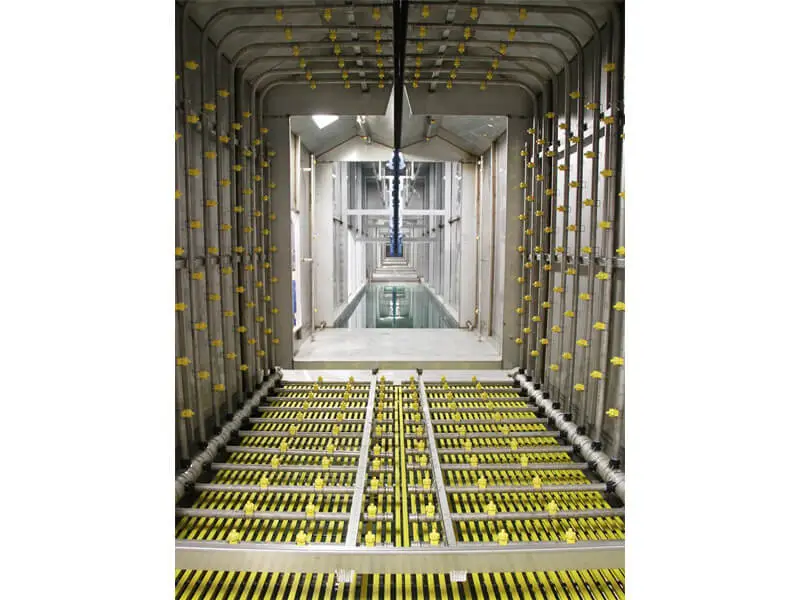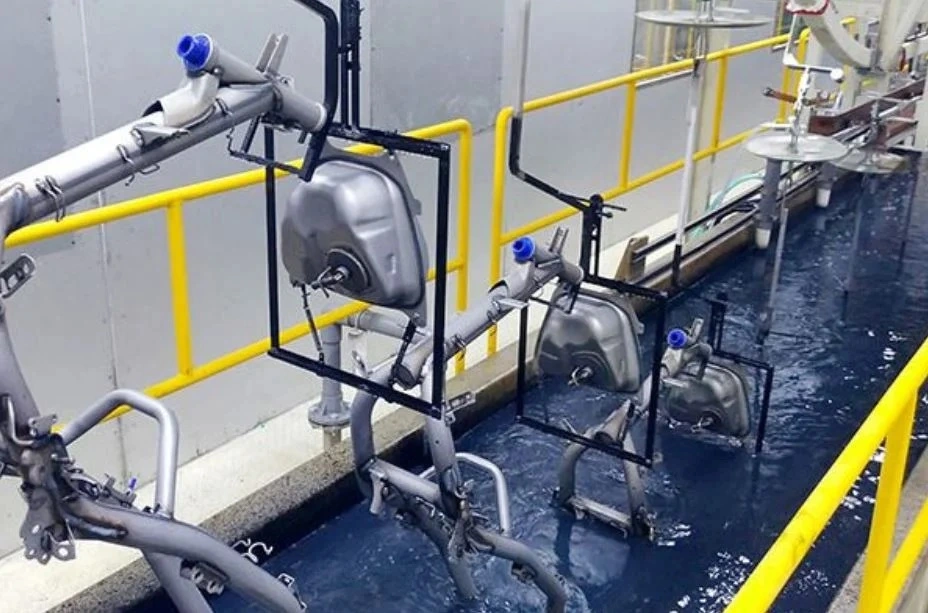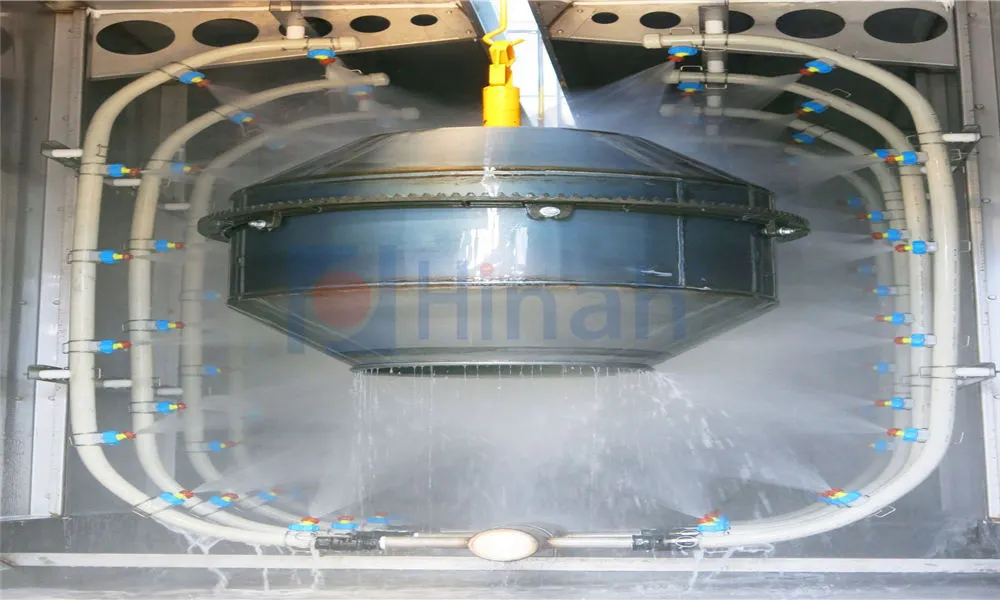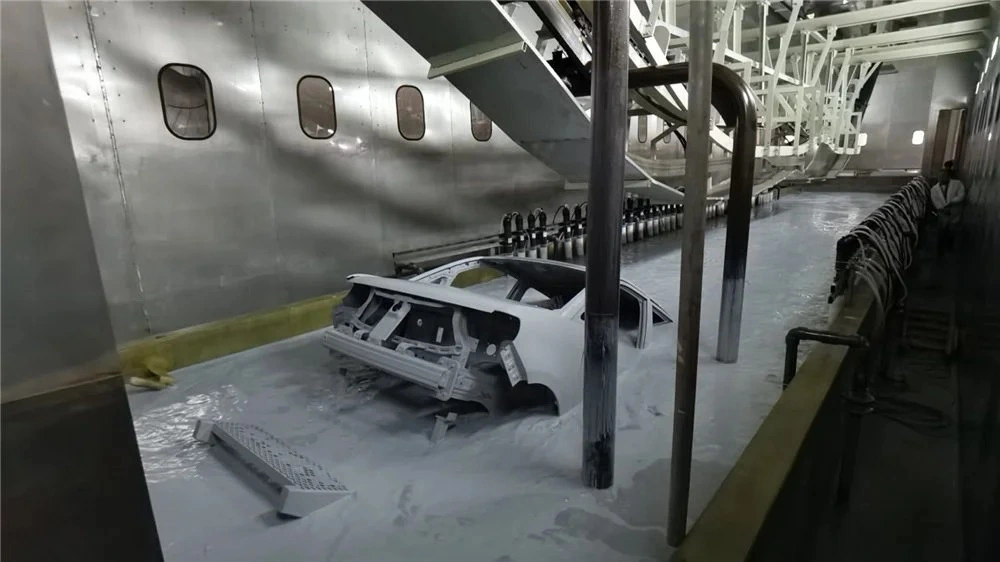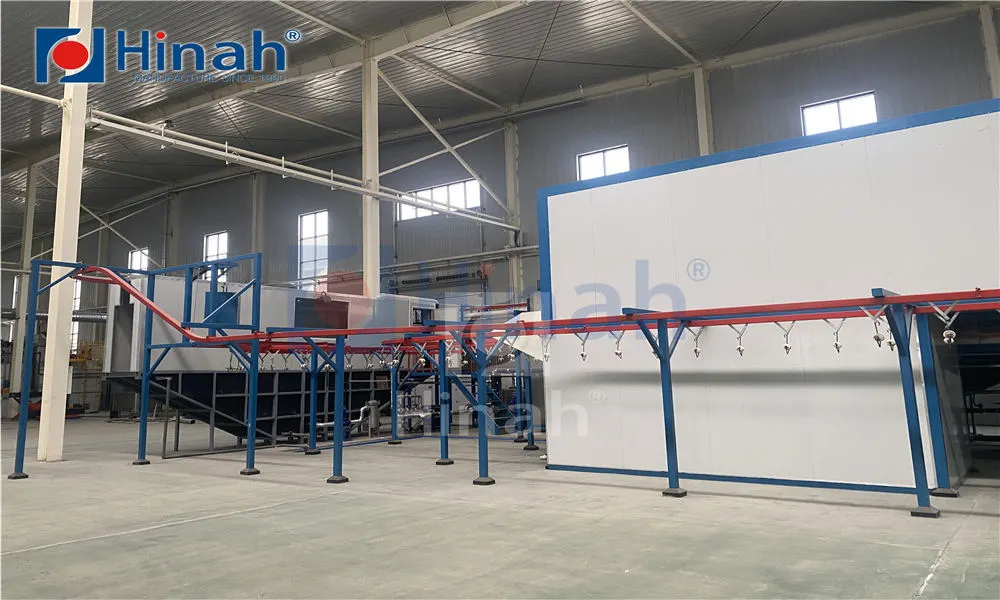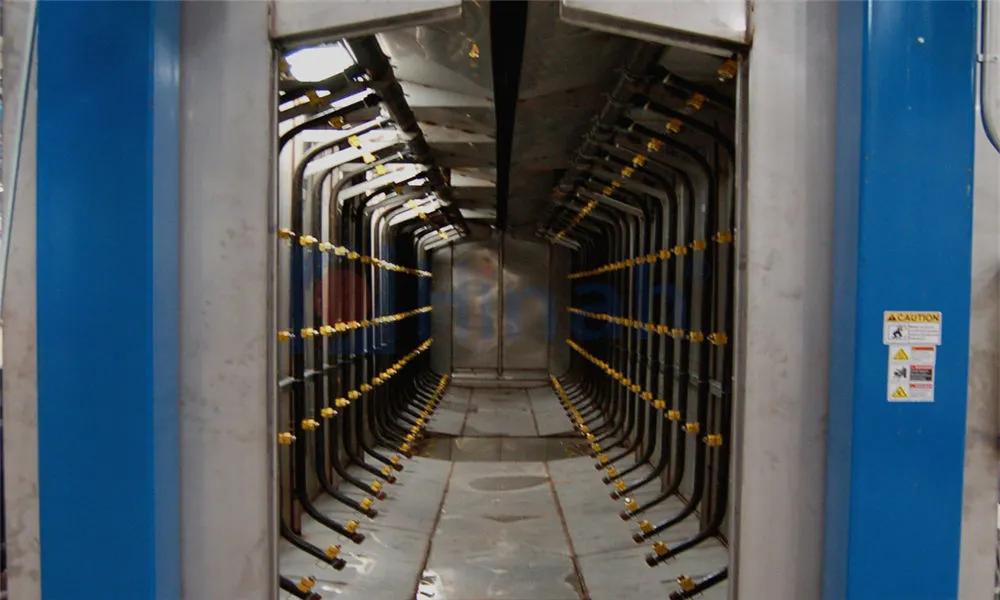In the world of industrial manufacturing, efficiency and precision are paramount. One critical component that plays a vital role in achieving these goals is the paint line conveyor. This system is designed to transport products through various stages of the painting process, ensuring consistent quality, speed, and reliability. Whether in automotive, aerospace, or furniture production, a well-integrated paint line conveyor can transform operations by minimizing downtime and enhancing finish quality. In this article, we will delve into six essential aspects of paint line conveyors, providing insights into their functionality, benefits, and applications. By understanding these elements, businesses can make informed decisions to optimize their production lines. Additionally, we will highlight how brands like HANNA contribute to advancing paint line conveyor technology, offering robust solutions for modern industrial needs.

Understanding the Basics of a Paint Line Conveyor
A paint line conveyor is a specialized material handling system used to move items through a painting or coating process in a controlled manner. Typically, it consists of a continuous belt, chain, or overhead system that transports workpieces through stages such as cleaning, priming, painting, and curing. The primary function of a paint line conveyor is to ensure uniform exposure to paint applications, reducing human error and increasing throughput. These systems are customizable to handle various product sizes and weights, making them versatile for different industries. For instance, in automotive plants, a paint line conveyor might move car bodies through electrostatic painting booths, while in consumer goods, it could handle smaller items like appliances. The design of a paint line conveyor often includes features like variable speed controls, precision tracking, and easy integration with robotic arms for automated painting. By maintaining a consistent pace, the paint line conveyor helps achieve even coating thickness and reduces waste, ultimately leading to cost savings and higher product quality. As industries evolve, the paint line conveyor continues to adapt, incorporating smart technologies for real-time monitoring and adjustments.
Types of Paint Line Conveyors and Their Designs
Paint line conveyors come in several types, each suited to specific applications and environmental conditions. The most common designs include overhead conveyors, floor-mounted conveyors, and belt conveyors. Overhead conveyors are popular in large-scale operations, such as automotive assembly lines, where they suspend products from an elevated track, allowing for efficient use of floor space and easy access to all sides of the item for painting. Floor-mounted conveyors, on the other hand, are ideal for heavier loads and can be configured as chain-driven or roller systems, providing stability and durability. Belt conveyors are often used for smaller, lightweight products and offer smooth transportation through painting stations. Another variant is the power-and-free conveyor, which allows for independent movement of carriers, enabling accumulation and sorting without stopping the entire paint line conveyor system. Each type has its advantages; for example, overhead systems reduce contamination risks by keeping the conveyor path clear, while floor models are easier to maintain. When selecting a paint line conveyor, factors like load capacity, speed requirements, and the nature of the painting process (e.g., wet or powder coating) must be considered. Brands like HANNA offer customized solutions, ensuring that the paint line conveyor aligns with specific production goals and space constraints.
Key Benefits of Using a Paint Line Conveyor
Implementing a paint line conveyor in a manufacturing setup offers numerous advantages that directly impact productivity and profitability. First, it enhances efficiency by automating the transport process, reducing manual handling, and minimizing delays. This leads to faster cycle times and higher output rates. Second, a paint line conveyor improves product quality by ensuring consistent movement through painting stages, which results in uniform coating application and fewer defects. This is crucial in industries where aesthetic appeal and durability are key selling points. Third, these systems promote worker safety by reducing exposure to hazardous materials and repetitive tasks, as operators can monitor the process from a distance. Fourth, a paint line conveyor supports scalability, allowing businesses to easily expand or modify their production lines as demand grows. Fifth, it contributes to cost savings by lowering labor costs, reducing material waste, and extending equipment lifespan through controlled operations. For example, a well-maintained paint line conveyor can optimize paint usage by up to 20%, according to industry studies. Lastly, integration with technologies like IoT and AI enables predictive maintenance, further boosting reliability. By leveraging these benefits, companies can gain a competitive edge, and partnering with experts like HANNA ensures access to innovative paint line conveyor designs that maximize these advantages.
Applications of Paint Line Conveyors in Various Industries
The versatility of the paint line conveyor makes it indispensable across a wide range of industries. In the automotive sector, it is used to transport vehicle bodies through priming, painting, and clear-coating stages, ensuring a flawless finish that meets strict quality standards. The aerospace industry relies on paint line conveyors for coating aircraft components, where precision and corrosion resistance are critical. In furniture manufacturing, these systems handle items like chairs and tables, applying stains and paints evenly while accommodating various shapes and sizes. The appliance industry, including producers of refrigerators and washing machines, uses paint line conveyors to achieve durable, aesthetically pleasing surfaces that withstand daily use. Additionally, the electronics sector employs them for coating housings and parts, often in cleanroom environments to prevent contamination. Beyond these, paint line conveyors are found in metal fabrication, construction materials, and even artistic fields where large-scale pieces require coating. Each application demands specific features from the paint line conveyor, such as resistance to chemicals, high temperatures, or humidity. Brands like HANNA cater to these diverse needs by offering tailored solutions, such as corrosion-resistant models for harsh environments or compact designs for space-limited facilities. This broad applicability underscores the paint line conveyor's role as a backbone of modern industrial painting processes.
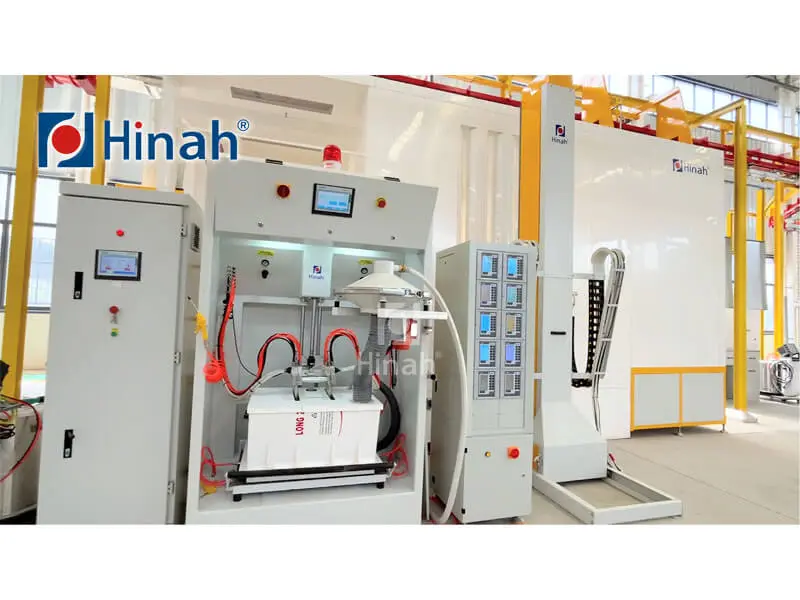
Maintenance Tips for Long-Lasting Paint Line Conveyor Performance
To ensure optimal performance and longevity, regular maintenance of a paint line conveyor is essential. Start with daily inspections: check for wear and tear on belts, chains, and rollers, and look for signs of misalignment or debris buildup that could cause jams. Lubrication is crucial for moving parts; use manufacturer-recommended lubricants to reduce friction and prevent corrosion. For electrical components, such as motors and sensors, schedule routine checks to identify any faults early, as these can lead to unexpected downtime. Cleaning the paint line conveyor regularly is also important, especially in painting environments where overspray and residues can accumulate, affecting movement and product quality. Implement a preventive maintenance plan that includes periodic overhauls, such as replacing worn-out parts and calibrating speed controls. Training staff on proper operation and troubleshooting can further minimize risks. Additionally, monitor the paint line conveyor's performance data, if available through integrated systems, to detect anomalies like unusual vibrations or temperature changes. Brands like HANNA often provide maintenance support and spare parts, making it easier to keep the system running smoothly. By adhering to these practices, businesses can extend the life of their paint line conveyor, reduce repair costs, and maintain consistent production quality. Remember, a well-maintained paint line conveyor not only saves money but also enhances overall operational reliability.
How HANNA Enhances Paint Line Conveyor Solutions
HANNA is a renowned brand in the industrial conveyor space, known for innovating and refining paint line conveyor systems to meet evolving market demands. Their offerings include customizable designs that integrate seamlessly with existing production lines, providing flexibility for various industries. For instance, HANNA's paint line conveyor solutions often feature advanced controls for precise speed adjustment, ensuring optimal paint application and curing times. They also emphasize durability, using high-quality materials that resist wear from chemicals and environmental factors, which is vital for long-term use in demanding settings like automotive plants. Moreover, HANNA incorporates energy-efficient technologies into their paint line conveyor systems, helping companies reduce power consumption and operational costs. Another key aspect is their focus on user-friendly interfaces, allowing operators to monitor and adjust the paint line conveyor with ease, thereby minimizing training time and errors. HANNA also offers comprehensive support services, from installation to maintenance, ensuring that clients get the most out of their investment. By partnering with HANNA, businesses can leverage expertise in paint line conveyor engineering to address specific challenges, such as handling delicate products or achieving high-volume throughput. This brand's commitment to innovation and quality makes it a trusted choice for those seeking reliable paint line conveyor solutions that drive efficiency and growth.
Frequently Asked Questions About Paint Line Conveyors
Q1: What is the average lifespan of a paint line conveyor?
A1: The lifespan of a paint line conveyor typically ranges from 10 to 20 years, depending on factors like usage intensity, maintenance practices, and environmental conditions. Regular upkeep and using quality parts from brands like HANNA can extend this duration.
Q2: How does a paint line conveyor improve product quality?
A2: A paint line conveyor ensures consistent speed and positioning during the painting process, leading to uniform coating application, reduced defects, and enhanced finish durability. This automation minimizes human error, resulting in higher-quality outputs.
Q3: Can a paint line conveyor be customized for small spaces?
A3: Yes, paint line conveyors are highly customizable. Brands like HANNA offer compact designs and modular components that can fit into limited spaces while maintaining efficiency, making them suitable for various facility layouts.
Q4: What safety features are common in paint line conveyors?
A4: Common safety features include emergency stop buttons, guards to prevent contact with moving parts, and sensors that detect obstructions or malfunctions. These help protect workers and prevent accidents in the painting area.
Q5: How often should a paint line conveyor be serviced?
A5: It's recommended to perform basic inspections daily, lubrication weekly, and comprehensive maintenance checks quarterly. However, the frequency may vary based on usage; consult the manufacturer's guidelines, such as those from HANNA, for specific recommendations.
This article provides a comprehensive overview of paint line conveyors, covering their fundamentals, types, benefits, applications, maintenance, and the role of HANNA. By addressing these aspects, we aim to help readers understand how a paint line conveyor can optimize their operations. If you have more questions, feel free to reach out to industry experts for personalized advice.


